How can interior design impact your wellbeing? The key areas that can change your mood
It's hardly a surprise that the spaces in which we live have an impact on our wellbeing, here we discuss exactly what elements have the biggest affect

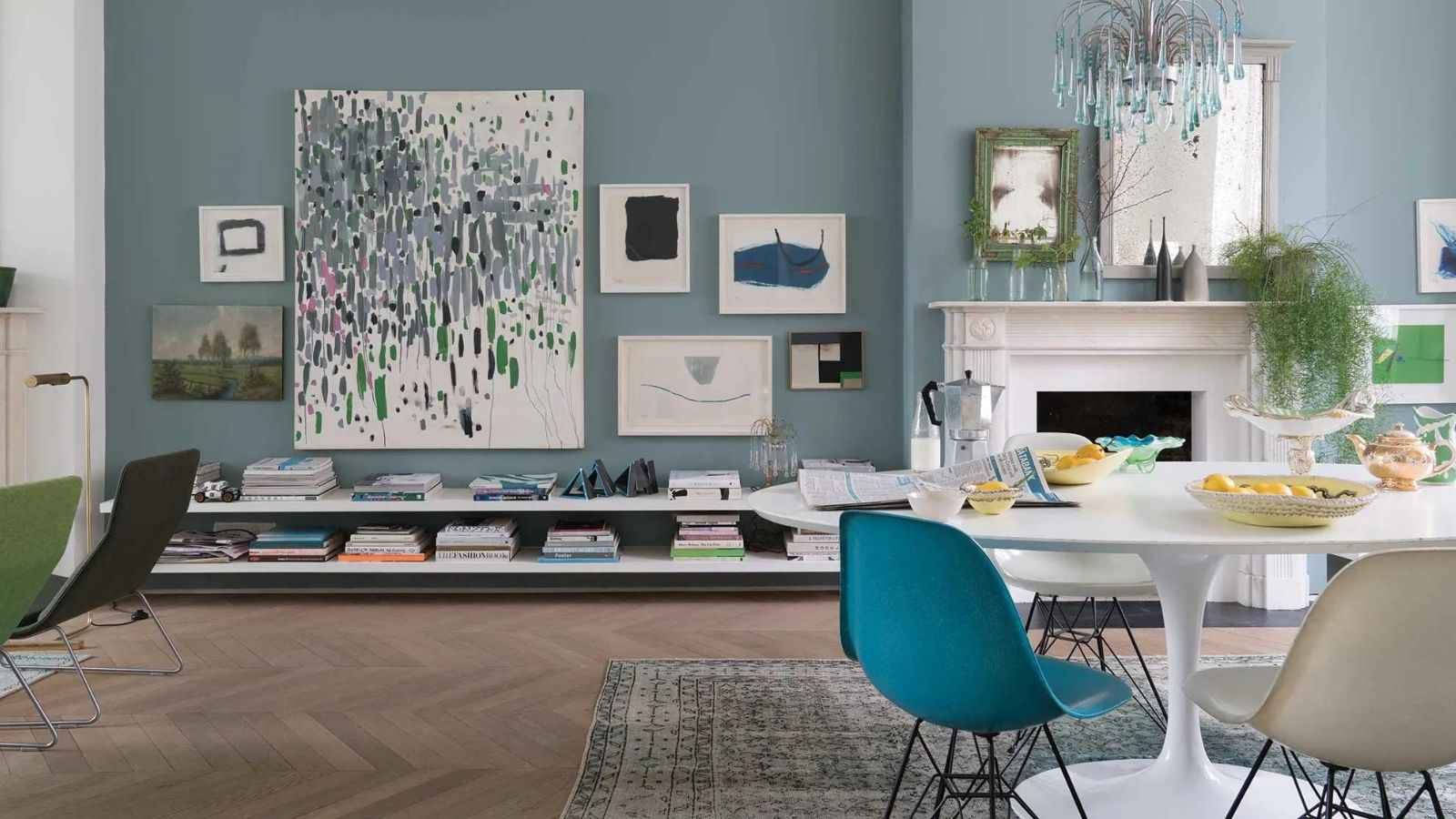
We all want somewhere safe and secure to live, but our wellbeing is also deeply tied to living in a house where we feel comfortable and relaxed. Much of this is obviously tied to the comfort levels of a home, but the way a house looks and feels is also highly important. Whether it’s a conscious or unconscious reaction, there is always a reaction to interior design.
A home should feel like a place we want to return to at the end of the day, somewhere we can unwind and recharge. It’s a place that we want to spend time in with mod-boosting, happy rooms that give us a lift.
Good design and home decor help to enhance our wellbeing, by making our surroundings feel calming and uplifting, as well as reflect our own personal tastes and styles, as Nick Cryer, founder of Berkeley Place explains further, ‘Interior design can significantly impact your well-being by creating spaces that promote comfort, functionality, and aesthetic appeal. Thoughtful design choices, such as color selection, lighting, and spatial layout, can influence mood, reduce stress, and enhance overall mental and emotional wellness.’
How can interior design impact your wellbeing?
Studies have shown that there’s a clear link between interior design and mental health, so it’s easy to see how important design is. But how exactly can interior design impact your wellbeing?
A well-designed home can actually have an impact on your body and its responses. ‘Most humans spend 90% of their time indoors, making healthy living spaces crucial to wellbeing,’ explains Ksenya Malina, founder of Time & Place Interiors.
‘Good air quality, ergonomic support, and avoidance of toxins are critical. Lesser known is that interior design also has physiological impacts on our wellness. A well-designed space lowers our bodies’ cortisol levels, nurturing personal feelings of calm, inner strength, independence, and creativity.’
Designer Kathy Kuo, CEO of Kathy Kuo Home agrees, ‘The design of your home should make you feel your most calm and relaxed, and also feel like an extension of your personality. Putting care and intention into the furniture and decor you select is the first step in feeling truly at home in your space, and your interior design, when it's working the way it should, will help meet your daily needs on a functional level, but also open your heart on an emotional level!’
Design expertise in your inbox – from inspiring decorating ideas and beautiful celebrity homes to practical gardening advice and shopping round-ups.
1. Color choices
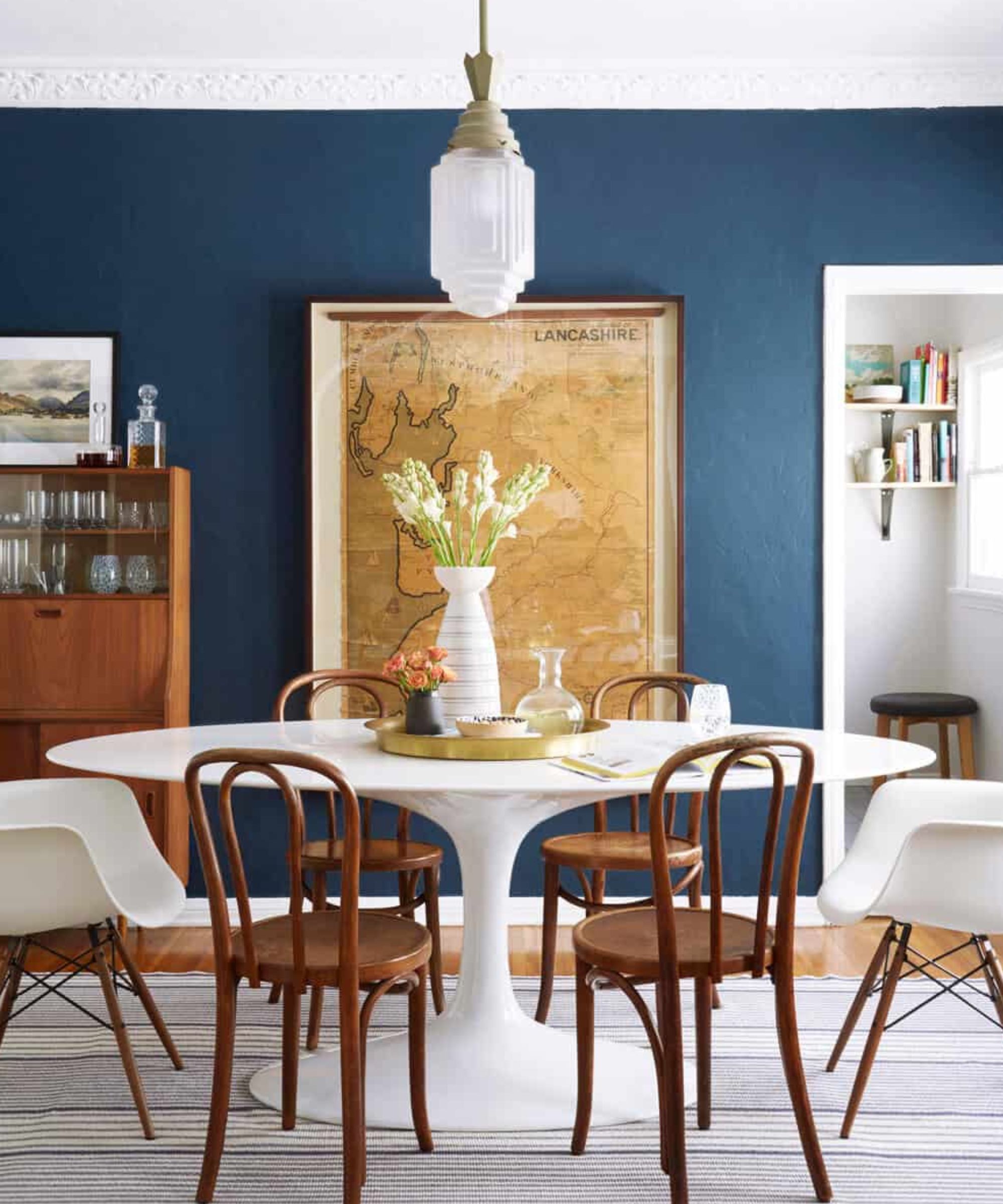
'We want to feel many things in our personal spaces, happy, social, retiring, comfortable but most of all our homes need to bring a sense of calm and balance- a retreat from the world outside, a sense of self as it were,’ says Patrick O’Donnell, International Brand Ambassador for Farrow & Ball. ‘Color has a huge impact on these feelings, and your choice of paint color will help achieve this.’
Juliette Byrne, founder of interior design studio Juliette Byrne expands on this further, ‘We think color is a strong influence in interior design and will impact your wellbeing. Using colors to suit the purpose of the room is essential. You could choose a moody warm color, such as Salt v from Paint and Paper Library for rooms that are used in the winter months, for evening entertaining and for areas that are not benefitting from natural light. That way you can add the drama and effects with soft accents of integrated LED lighting and decorative light fittings.’
‘Alternatively, if you want to create an uplifting feel for multi-purpose or family rooms where you are spending time during the day as well as evening, then using a soft palette like Craie Rose by Argile on the walls and ceilings will help to bounce light. You can also decorate with mirrors in suitable places for more light and impact. We do also recommend using accent colors, such as Mockingbird from Paint and Paper, on joinery or woodwork to add character, impact and a punchy pop.’
2. Natural light
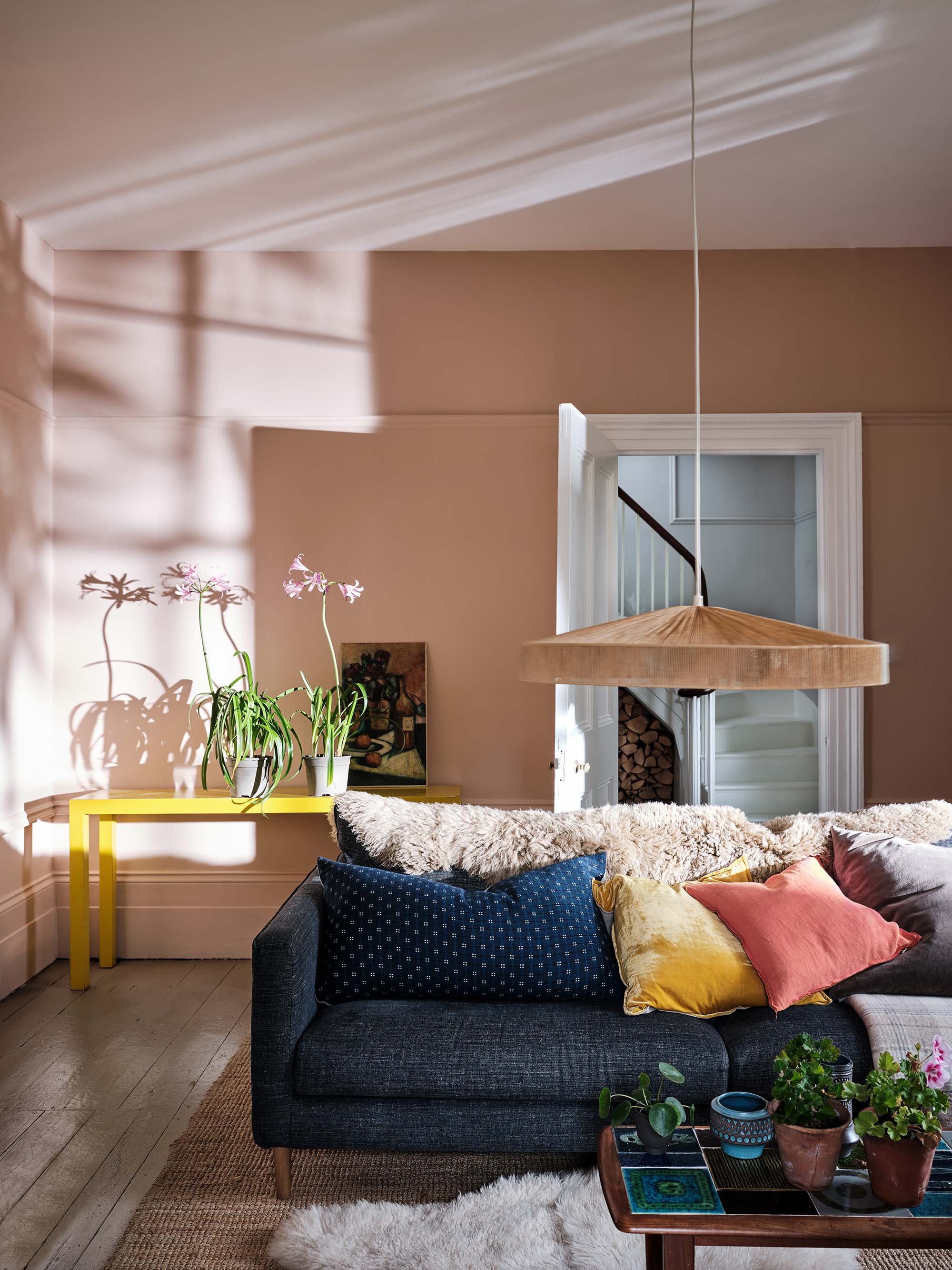
Living in a dingy, dark space makes it hard to focus on our wellbeing, as Amy Youngblood, founder of Amy Youngblood Interiors explains, ‘Studies prove that one's physical space can greatly affect the mental state of one’s health. For example, if your space is cluttered, dark, and not well laid out, it can be frustrating and difficult to feel positive and even creative in your mental being. I know personally that when I was living in a dark, poorly decorated, and designed condominium for a year while my existing space was being renovated, I felt more of a gloom while inside it and my mental state often followed suit.’
Lighting ideas can be powerful tools when it comes to promoting wellbeing in your home. If you’re lacking natural light, you can use different types of lighting to help with mood. Warm lights will create a relaxed and soothing atmosphere, so are ideal for rooms such as bedrooms and living rooms. But if you work at home, for example, you could use cooler lighting to help stimulate and engage you.
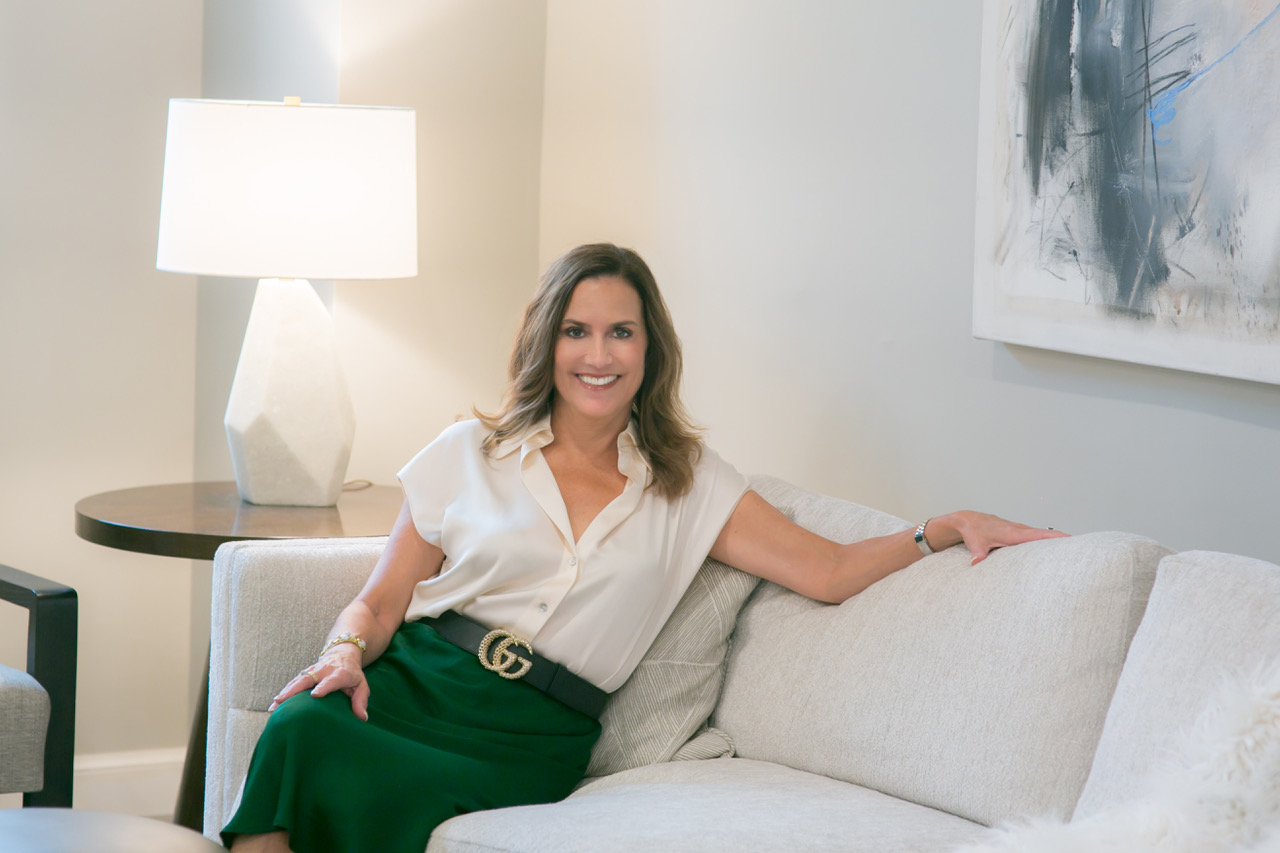
Amy Youngblood began her career in interior design over 20 years ago. She has worked for several interior design firms, both residential and commercial. With a strong background as an accomplished artist, Amy fused her creative abilities along with her business and design experience to launch Amy Youngblood Interiors in 2009.
3. Greenery
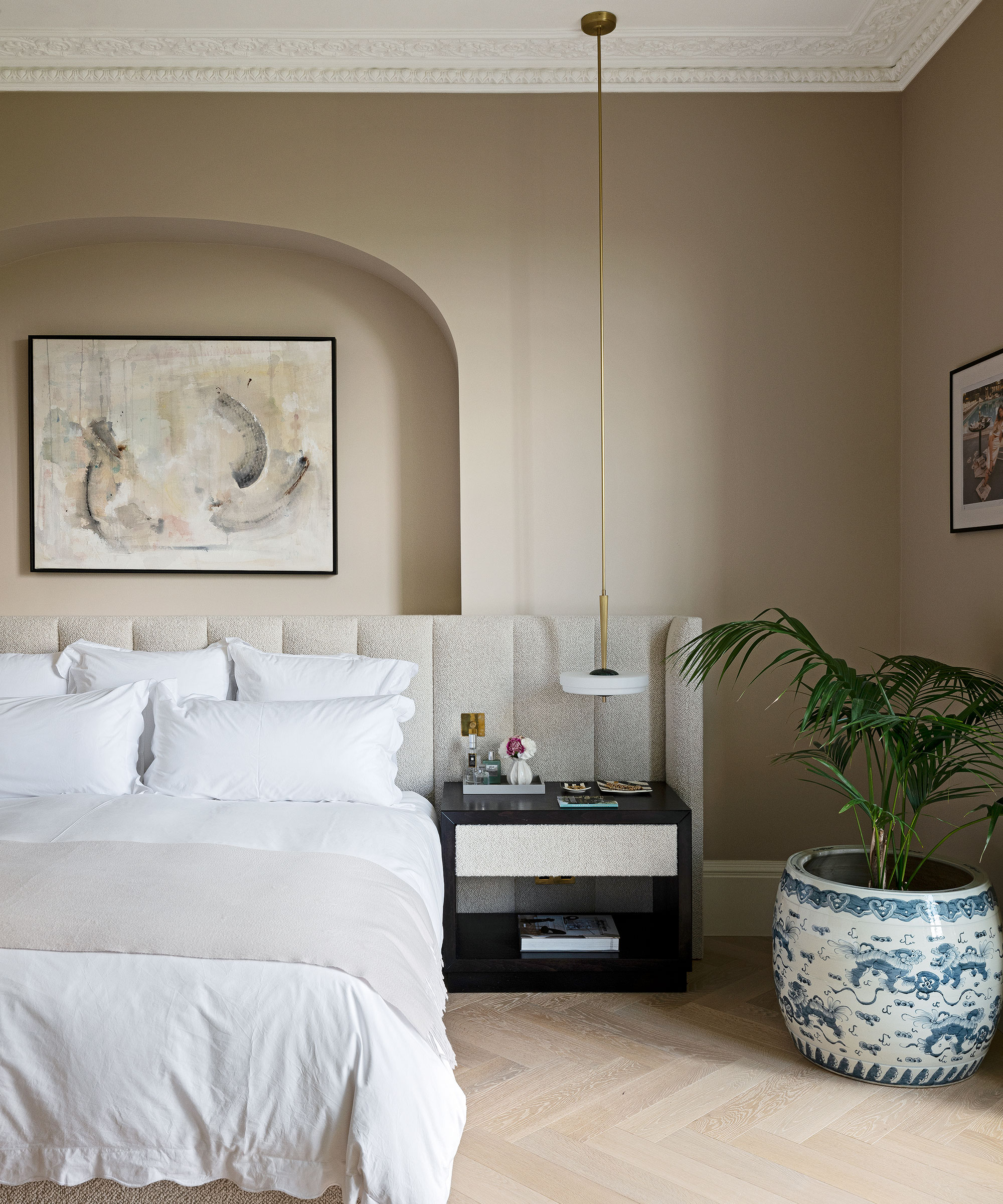
‘There's a reason we feel invigorated by spending time in sunshine, fresh air, and greenery: it stems from people's innate draw to nature,’ explains Ksenya Malina. ‘That sensation can be reproduced in your home too. Research showing the benefits of biophilic design, which encourages the integration of nature in interiors, is plentiful: it supports cognitive function, physical health, and mental wellbeing.’
Mental health and wellbeing can instantly be improved by adding healthy indoor plants to our homes. Healthy plants are those that quite literally benefit our health. Consider plants such as lavender, known for its stress-relieving qualities and ability to lower blood pressure, or snake plant, which is believed to reduce anxiety and cure the symptoms of a headache.

Ksenya Malina is the founder of New York-based design studio Time & Place Interiors, focused on combining vintage + modern décor. Ksenya crafts spaces for homeowners who seek to translate their personality into a uniquely special place.
4. Layouts and how the space flows

Photographer Joe Binford for Amy Youngblood Interiors
Interestingly, most of us don't notice 'good' layouts in a room; we just walk in and feel comfortable. Much of this is down to how the space flows in a room. Following principles such as Feng Shui and Hygge design can give us some great ideas to start out with, but how should we layout a room to optimize wellbeing and mental health?
Balance is key in layout – we should be able to look at a room and feel that all the objects in it 'belong' there. It's also wise to think about creating a feeling of space, along with a lack of clutter. A good layout allows us to move around a room without encountering obstacles. Of course, this can be challenging in a small home, but we have plenty of small room layout ideas to help you get started.
5. Shapes and silhouettes
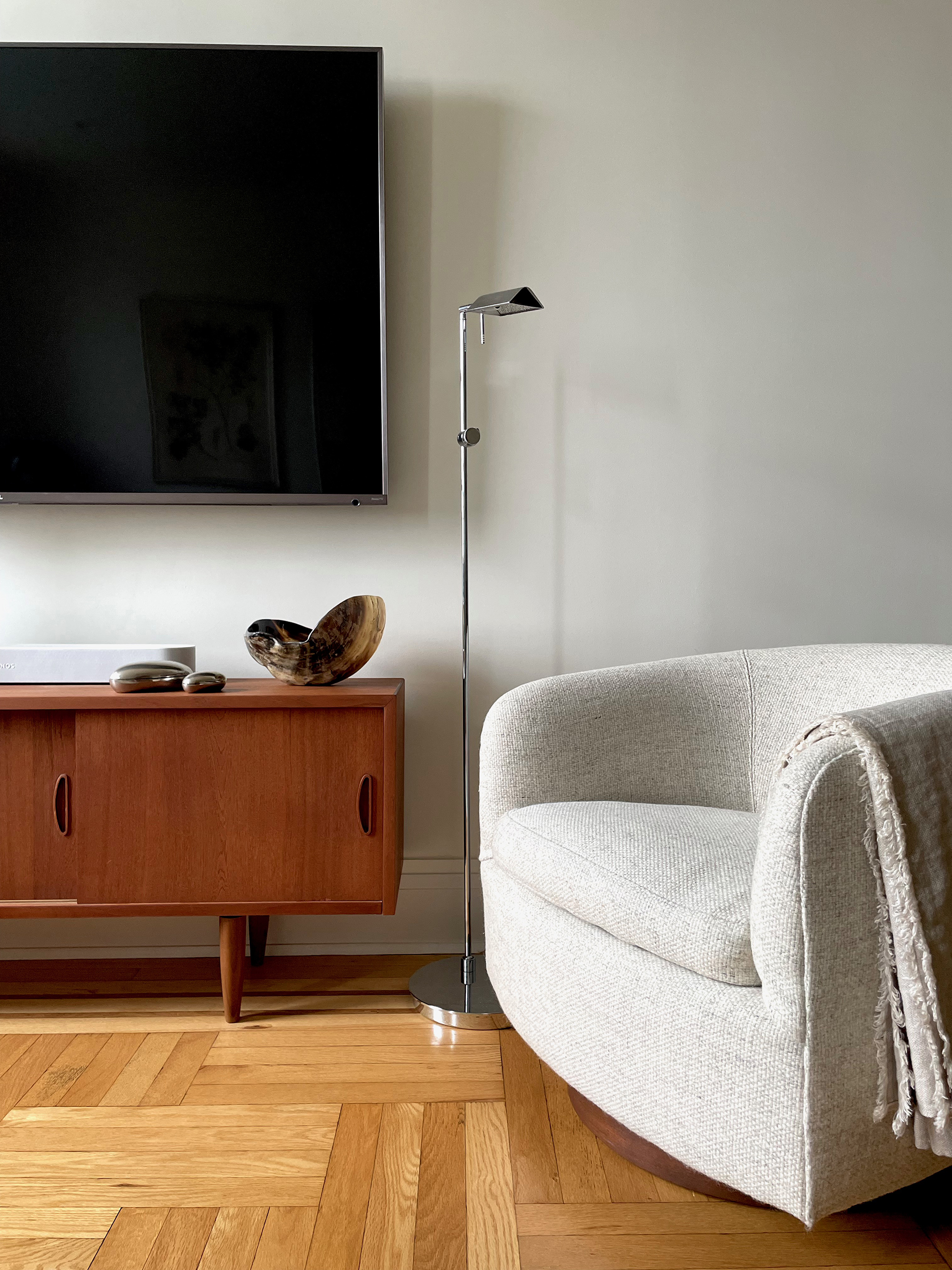
Creating a feeling of softness in our homes improves wellbeing, leading to a more relaxed environment. Softer shapes in our choice of furnishings helps the brain to relax, promoting better mental health.
Of course, there are some elements of our homes that will have sharper edges or need to be designed with a rectangular shape. The key here is to blend these in with softer, rounded shapes and silhouettes to create a gentler and more aesthetically pleasing space.
Your home and the way it’s decorated can make a huge difference to your sense of wellbeing, so it’s worth spending a little time understanding how the two elements work together. And do remember this will likely differ from person to person, you'll know best what affects you in your environment, whether it's color or materials and you can use them to help dictate your design decisions.

Jo Plumridge is a freelance writer and photographer with over 20 years of experience writing for a variety of magazines, websites and books. She writes, perhaps unsurprisingly, about photography, but also on all things interior design and sleep-related, alongside reviews of home and tech products. Jo loves exploring the latest design trends, although she’s yet to find a carpet that doesn’t show up the cat hair from the cats she and her husband foster.